The head of a horse contains a shockingly small brain. There is far more space dedicated to teeth, a muscular tongue, long nasal passages and the sinuses. The massive, complex sinuses in horses are prone to disease. Sinuses are like a series of interconnected caves that occupy the front and sides of the face in […] Read more
Stories by Jamie Rothenburger, DVM

Genetic testing useful for selecting breeding animals
The Human Genome Project should receive partial credit for giving us the technological advancement and innovation necessary to conduct widespread genetic research. The project, which completed the first sequence of the human genome, finished in 2003. This massive undertaking led to the development of rapid and automated genetic sequencing. It has trickled down into many […] Read more

Animal personality can impact welfare and production
It is obvious to anyone who spends time with animals that each is an individual with a unique personality. Experts define personality as an individual’s behavioural traits that are related and remain unchanged throughout time and situations. The term is sometimes used interchangeably or slightly differently than temperament. As with many things in science, personality […] Read more
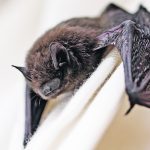
Study finds bat population crash increases insecticide use
I’ve written before in this column about the bat disease that has decimated North American populations. As a brief refresher, white nose syndrome is a disease caused by a fungal pathogen that was introduced into the state of New York in 2006. The fungus causes a skin infection, making a characteristic white fuzz around the […] Read more
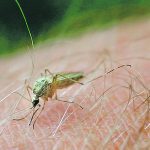
Mosquitoes can spread significant animal pathogens
As with my previous column on flies, it is hard to come up with anything positive to write about mosquitoes. In an optimistic take on these tiny insects, Ned Flanders from the TV show The Simpsons commented, “sure are fun to scratch — satisfying.” There are approximately 3,600 known species of mosquitoes ,and scientists classify […] Read more
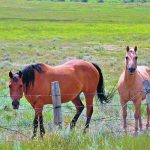
Study shows deadly horse parasite alive and well in Alberta
A recent Alberta study of horses found that a particular parasitic infection is more common than previously thought. The parasite, Strongylus vulgaris, was considered to be well controlled by modern deworming medications. However, veterinary pathologists at the University of Calgary undertook the study after noticing an apparent increase in the number of horses affected by […] Read more
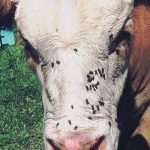
Flies pose significant health implications for livestock
It is hard to come up with good things to say about flies, but I’ll give it a go anyway. They are an ancient group of creatures, having evolved more than 200 million years ago. There are more than 150,000 known species of flies, with likely many more thousands of species remaining undescribed. Flies occupy […] Read more

Most rodenticide-poisoned dogs survive with treatment
Rodent poisons, also known as rodenticides, have long presented a hazard to animals other than their intended victims. Dogs and wildlife such as owls, hawks, eagles and other raptor bird species are frequently exposed to these products. The consequences of poisonings have increased with development of second-generation products, which have a significantly longer effect on […] Read more
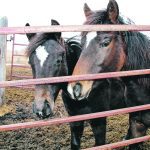
Track systems can replace traditional horse management
The name track management might lead one to think of box stall shed rows at a race track. That was certainly my first impression. However, it is actually the name given to a horse management style that is gaining popularity, particularly in places where land for turnout is scarce. The basic idea is to spread […] Read more
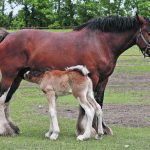
Draft horses are susceptible to unique health challenges
Once the mainstay of prairie agriculture, draft horses are now much less common. The most familiar breeds on the Prairies include Belgiums, Percheron, Clydesdales and Shires. Horses, including draft breeds — and also thoroughbreds — can suffer from a disorder of the larynx. Nerve damage inactivates the muscle that normally opens and closes the left […] Read more




